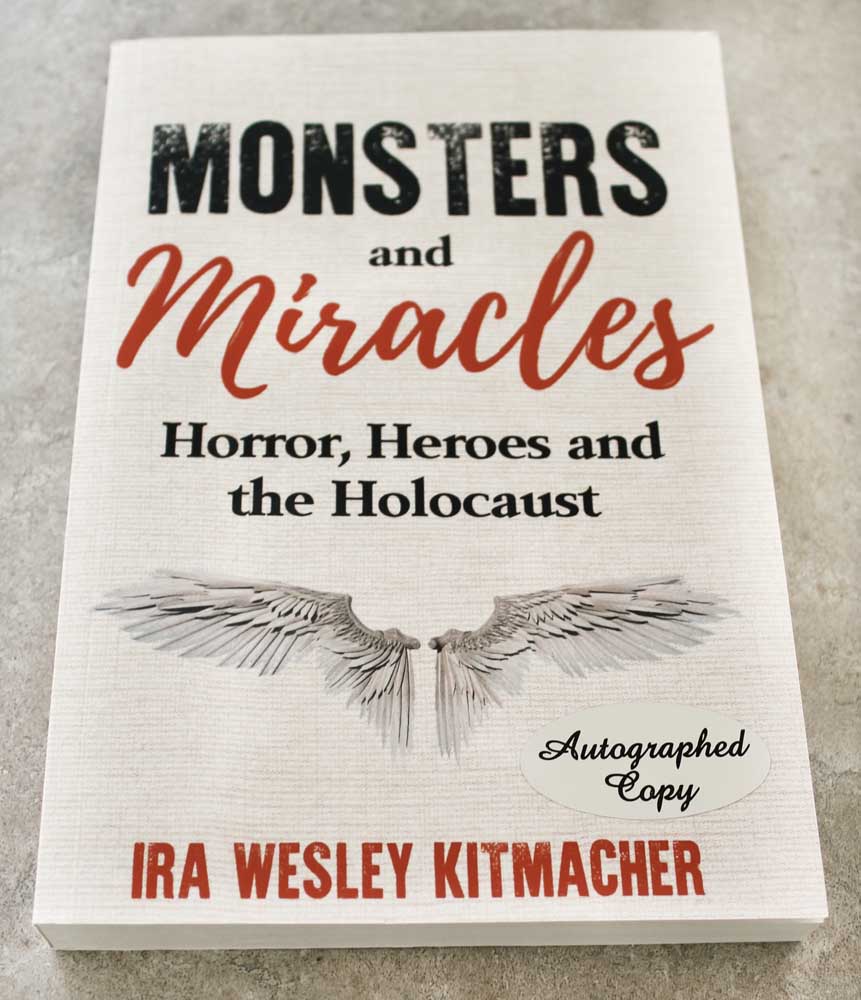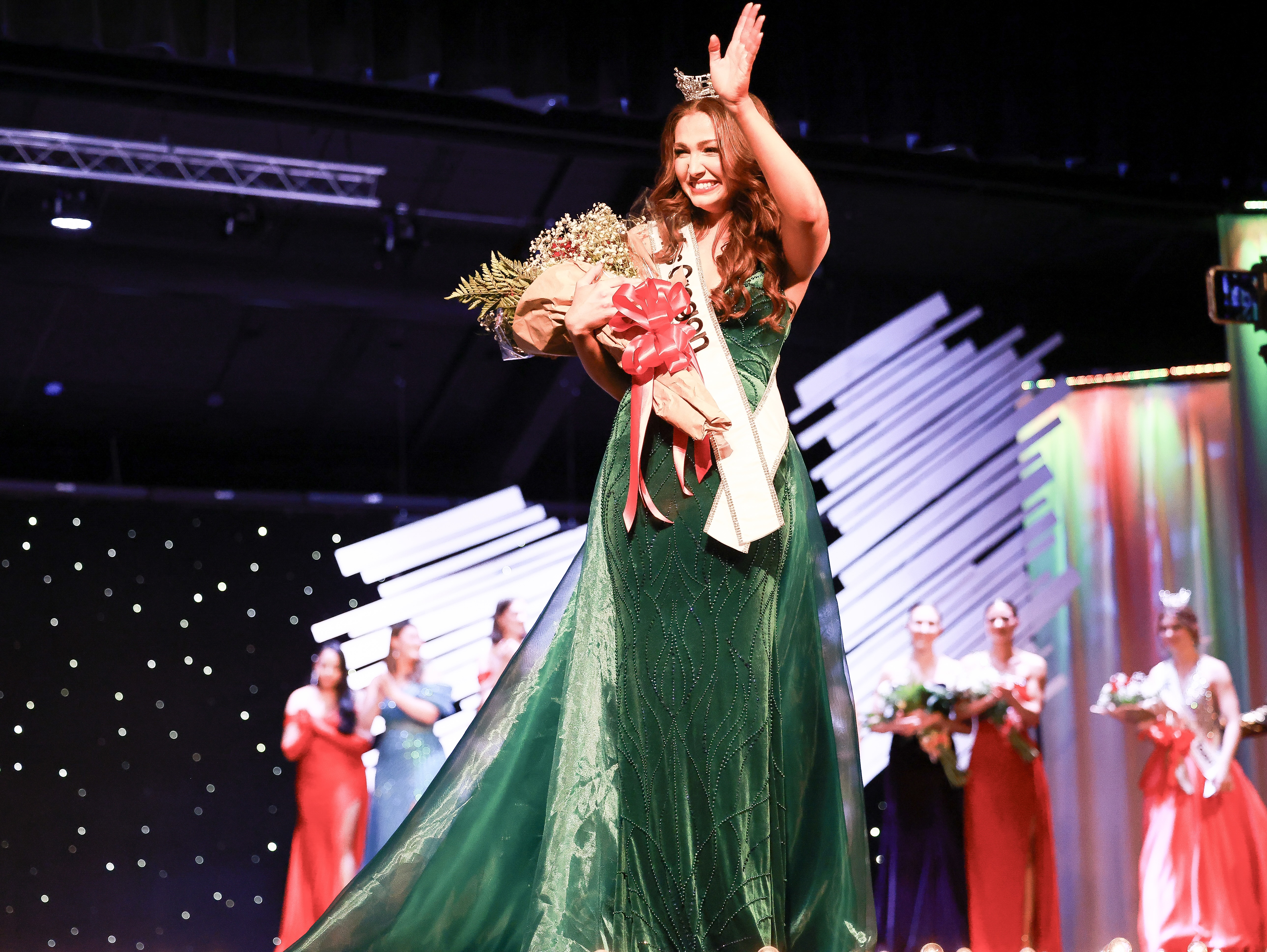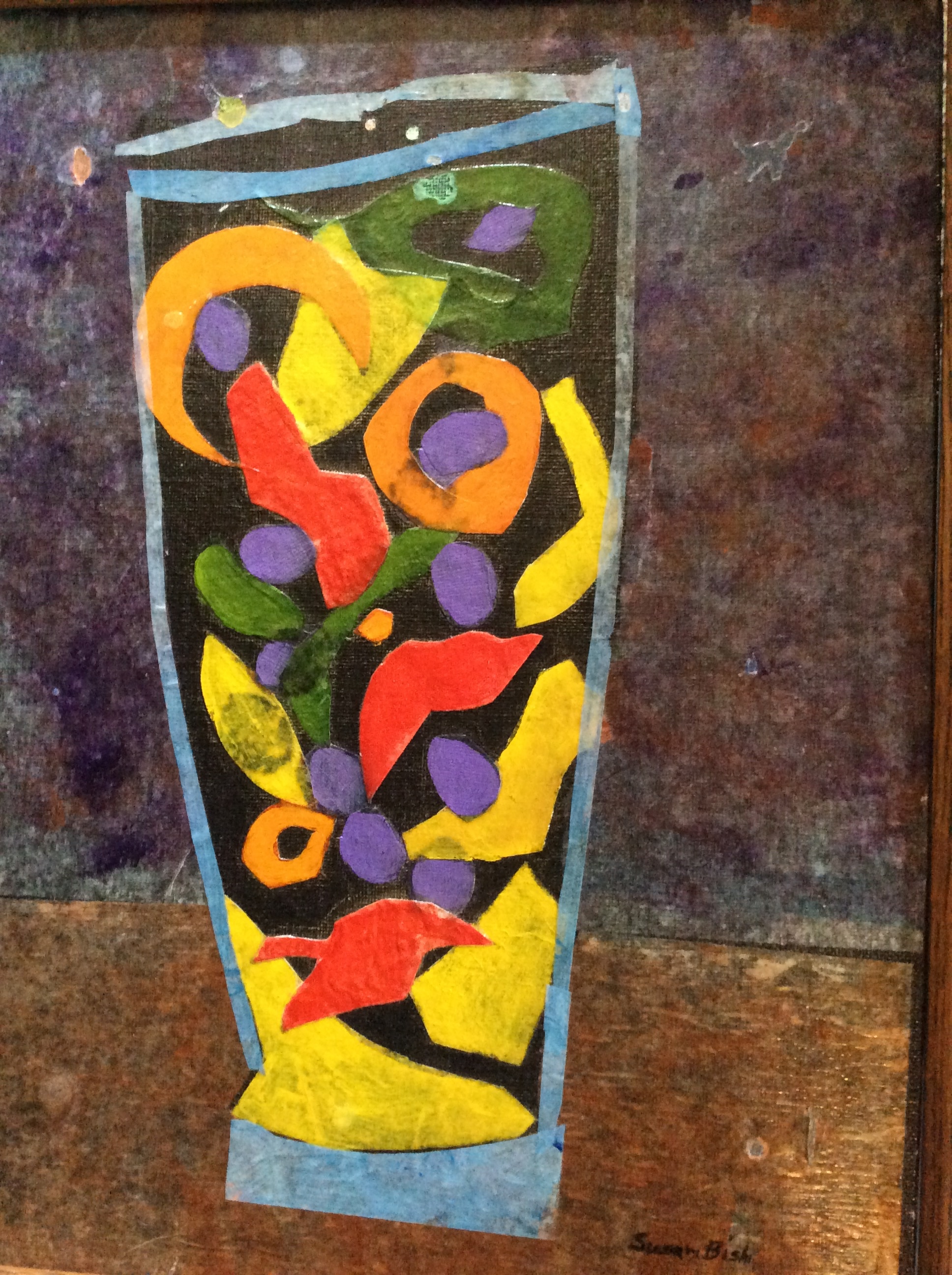Honoring family stories: Peninsula author pays tribute, contemplates extremism
Published 9:00 am Wednesday, September 14, 2022

- “Monsters and Miracles: Horror, Heroes and the Holocaust” is by Ira Kitmacher.
Long Beach Peninsula author Ira Kitmacher set out to write a book to honor his parents’ remarkable World War II stories. In doing so, he has highlighted cultural influences that enabled the rise of Nazism.
Kitmacher, an attorney, had a lengthy career with federal executive branches in Washington, D.C., and San Francisco, California. He retired to Ocean Park, Washington, about three years ago and embarked on a multitude of written projects that embrace his love of history.
He began revising a book written about the biblical King Solomon as a treatise on conflict resolution. He researched and published ghost stories with links to his new Northwest home base.
Now Kitmacher has fulfilled a long-held dream by showcasing his parents’ lives. “Monsters and Miracles: Horror, Heroes and the Holocaust” tells of his Jewish father, Al Kitmacher, who survived Nazi death camps while most of his Polish family was exterminated.
His mother, Pearl Harris, also Jewish, was a young woman from rural Massachusetts who defied family members to sign up for the U.S. Navy WAVES. The service branch, an acronym of Women Accepted for Volunteer Emergency Service, performed valuable duties at home as Americans aided the war effort abroad.
Kitmacher’s father, Al, was born in Poland. When Nazi squads rounded up their perceived enemies, Al didn’t tell his captors he was a tailor. Instead, he told them he was a sheet metal worker.
That lie meant he was a potentially valuable asset for staffing aircraft factories. Al survived malnutrition and forced labor, which the book recounts in harrowing detail. He also endured the rarely-publicized antisemitism that rose up in some parts of Europe even after 1945.
Sponsored by a Jewish family in Erie, Pennsylvania, he emigrated to the United States in 1949. The book describes his emotion on observing the Statue of Liberty. He resumed his career as a tailor, learned to speak English and met Pearl.
In the book, she notes, “It struck me that Al was the exact kind of person I had joined the WAVES to help — a European Jew who was suffering at the hands of the evil Nazis.”
The couple had four children. Ira, the last, was born on his father’s 41st birthday. The family took an emotional trip to Europe in 1992 and later visited the United States Holocaust Memorial Museum in Washington, D.C. Al died in 2000, Pearl in 2016.
Kitmacher offers two themes that elevate the book beyond a compelling family history and generate the key words in his title. He highlights a series of 11 unusual occurrences amid the horrors of his father’s incarceration. One was intuitively feigning illness when his scheduled work party was marched away — only to learn later that all had been slaughtered. “He experienced a series of ‘miracles’ that allowed him to survive,” Kitmacher said.
The other is an analysis of the deep-rooted folklore pervading German culture that demonized groups by religion, race and ability. “The Germans became the Nazis, in part, based on a steady diet of folkloric tales that (were) pushed on them when they were children,” Kitmacher said. “The Germans didn’t just become the ‘monsters’ overnight. They were raised on fairytales like those of the Brothers Grimm.”
Although stories like “Cinderella” and “Little Red Riding Hood” would be later embraced by Disney as tales with happy outcomes, Jacob and Wilhelm Grimm’s symbolism indicated darker meanings. Some Grimm titles were even bluntly antisemitic.
In addition to this cultural background, Germany’s devastating loss in World War I, and punishing reparations demanded by the Allied victors, clouded the mood. “There is a little doubt that being raised in a militaristic culture, and on a historically steady diet of antisemitism, brutal folklore, supernatural beliefs and conspiracy theories, encouraged extreme views,” Kitmacher writes.
The author spends the final chapter summing up his parents’ later lives, reflecting on the need to address hate crimes and examining the phenomenon of generational trauma, alluding to the manner in which his parents’ experiences shaped him.
A 2005 incident when he encountered white supremacists in Nazi uniforms rallying at the Yorktown battlefield was a reminder that hate still exists.
“Is another Holocaust probable? I believe the answer is no,” he writes. “Just as there is evil, there is good. Whether one believes in God or some other source of good, history has shown time and again that good wins — eventually. However, one needs only look at present-day Holocaust deniers, antisemitism and conspiracy theories to fear the possibility.”









